Bumper stickers are a mid-twentieth century development in political campaigning. Credit for the first bumper sticker is given to Forest P. Gill, a screen printer from Kansas City who used self-adhesive paper and daylight fluorescent ink, both developed during World War II to create bumper stickers in the 1940s. The first documented use of bumper stickers in political campaigns came during the 1952 presidential election. While the first bumper stickers were printed on paper, by the 1960s, vinyl became the primary material for bumper stickers, as vinyl was more weather-resistant than paper.
Bumper stickers have three components: the main printing surface, made up of the ink and either the vinyl or paper the sticker is printed on, and adhesive layer, and a liner, which protects the adhesive until the sticker is ready to be affixed. Over time, the adhesives have changed to make stickers easier to remove without leaving a sticky residue behind on the car. The various components make preserving bumper stickers challenging, including a degrading plastic, warping, shrinking, and degrading adhesives leaking out from behind the liner.
In spite of the preservation challenges, bumper stickers are a true staple in modern American politics.

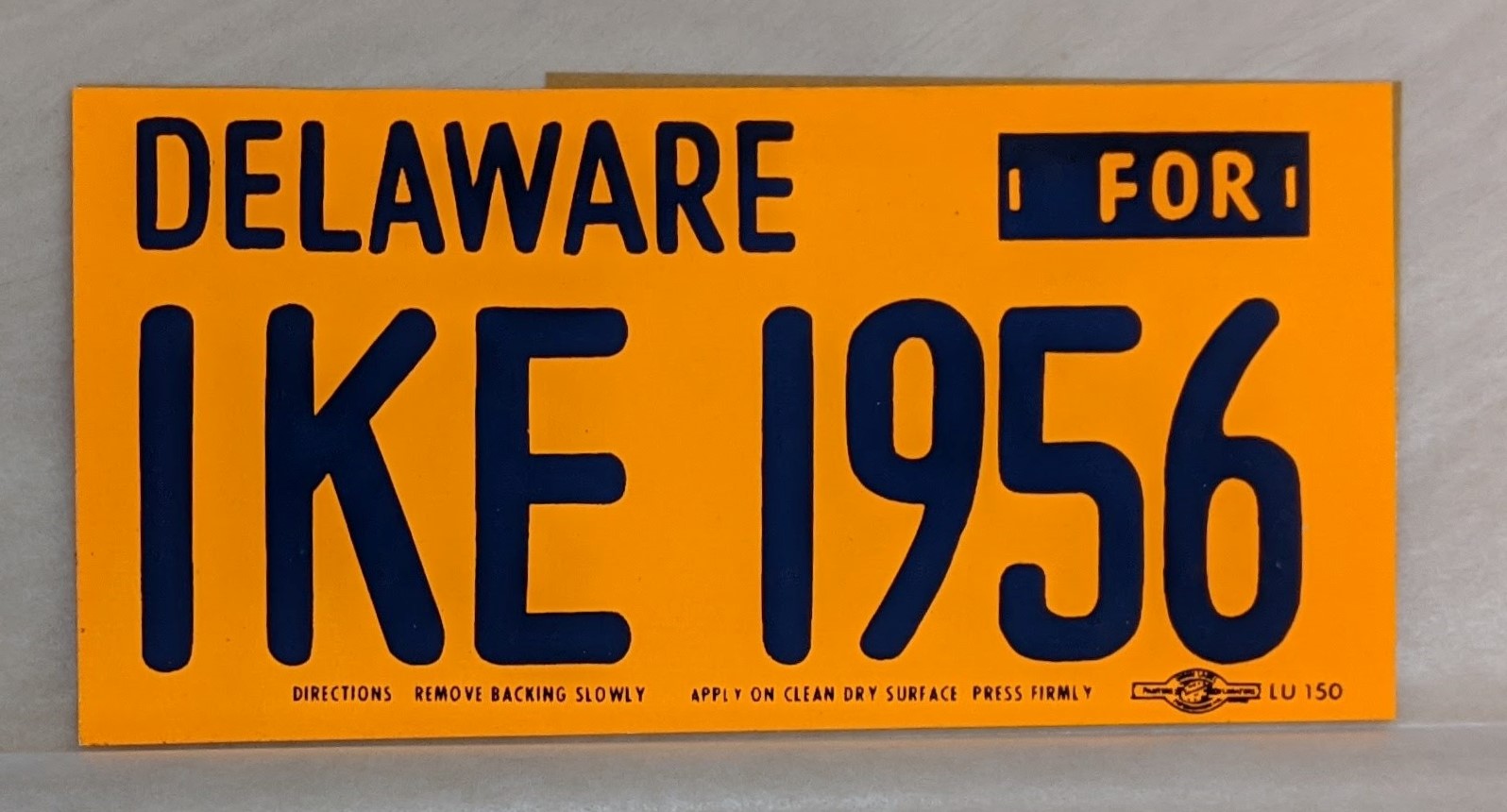


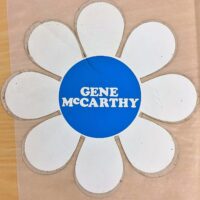
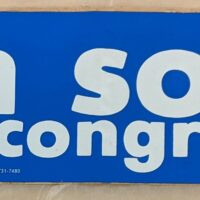

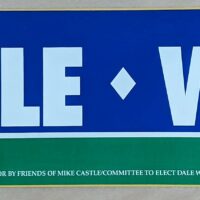





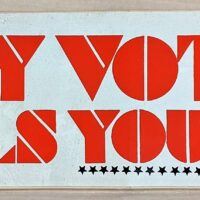
![Creator unknown, “[Eugene] Gene McCarthy” flower bumper sticker, 1968, from the Jerome O. Herlihy political campaign ephemera collection](https://exhibitions.lib.udel.edu/trail-to-the-voting-booth/wp-content/uploads/sites/97/2020/09/mccarthy.jpg)



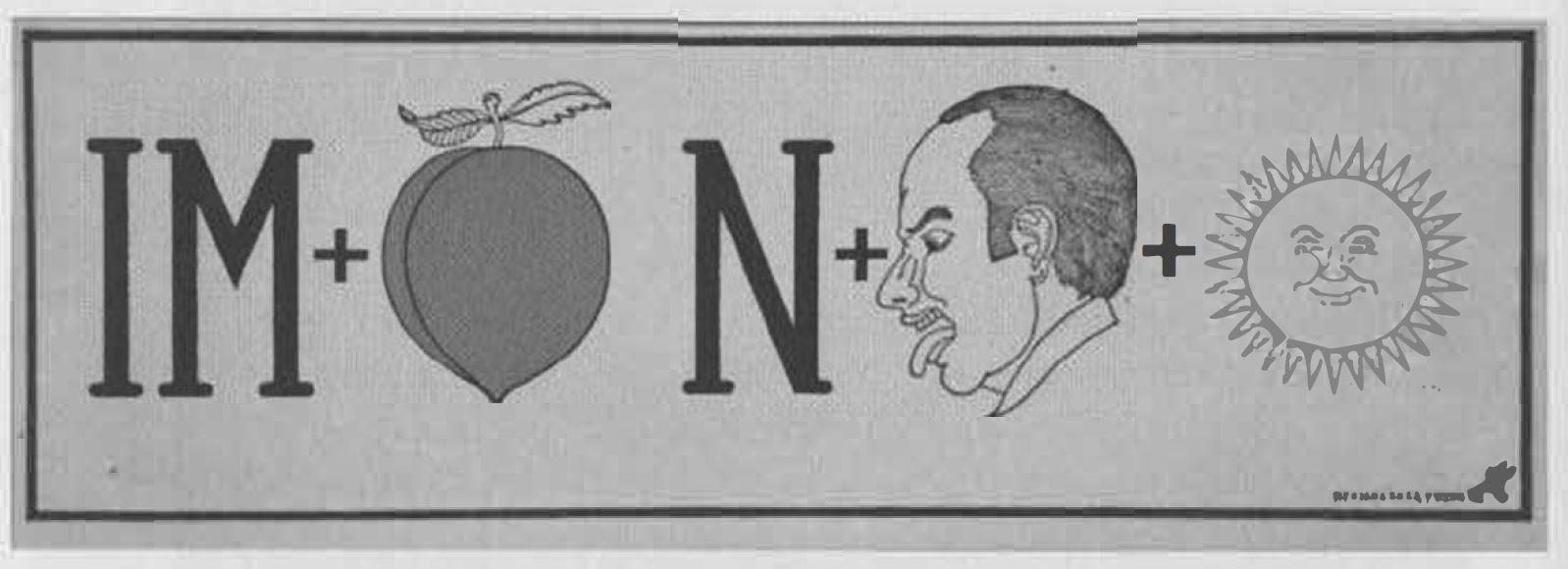
![Creator unknown, “‘Push Button’ [Ken] Button for Sheriff” bumper sticker, 1986, from the Jerome O. Herlihy political campaign ephemera collection](https://exhibitions.lib.udel.edu/trail-to-the-voting-booth/wp-content/uploads/sites/97/2020/09/button-scaled.jpg)
![Creator unknown, “[Patricia] Blevens State Senate 7th District” bumper sticker, 1990-2016, from the Jerome O. Herlihy political campaign ephemera collection](https://exhibitions.lib.udel.edu/trail-to-the-voting-booth/wp-content/uploads/sites/97/2020/09/blevins-scaled.jpg)

![Creator unknown, “[Goldwater] ’64 bumper sticker, 1964, from the Jerome O. Herlihy political campaign ephemera collection Creator unknown, “[Goldwater] ’64 bumper sticker, 1964, from the Jerome O. Herlihy political campaign ephemera collection](https://exhibitions.lib.udel.edu/trail-to-the-voting-booth/wp-content/uploads/sites/97/2020/09/goldwater.jpg)
![Creator unknown, “[Sherman] Tribbitt for Governor” bumper sticker, 1972, from the Jerome O. Herlihy political campaign ephemera collection Creator unknown, “[Sherman] Tribbitt for Governor” bumper sticker, 1972, from the Jerome O. Herlihy political campaign ephemera collection](https://exhibitions.lib.udel.edu/trail-to-the-voting-booth/wp-content/uploads/sites/97/2020/09/tribbitt-scaled.jpg)

